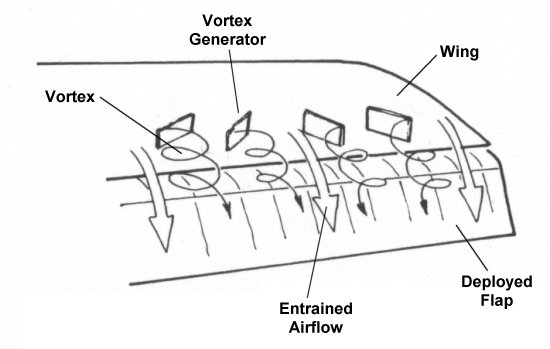Quote:
Originally Posted by NoDOHC

I agree that it would be nice to get the revs down on the highway, and I wish that there was a good solution (transmission or differential) but I don't know of one. I am still hoping to get a set of 3.73:1 gears made for the rear differential, that change alone should drop 250 rpm on the interstate and increase manifold pressure to -37 kPA average (a significant improvement in thermal efficiency).
As to the intake idea, I already have a restrictor (my throttle plate) and it is the very element that is destroying my fuel economy. My bypass is activated when I open my throttle plates. Think about it this way: Based on rolldown analysis, it requires 12 Hp to go 60 mph in my RX7. At 60 mph, I am running 2400 rpm and -48kPA MAP. The engine is turning 40 revolutions/second - amounting to 1.3X40 or 52L of air per second being pumped against a 48 kPA head (plus exhaust backpressure - which I am ignoring for this calculation). Since pump horsepower is simply W = QP, I can convert the units to m3/s and N/m2 and I get 0.000052 m3/s * 48000 N/m2 = 2.5 kW = 3.5 Hp. This is just the flow work to pump air across the throttle plates, and it amounts to 30% as much power as is required to drive down the road. Intake restrictions (whatever they are) do not really help fuel economy.
|
I think you're missing my point. I do not believe your throttle body is doing what you think it is doing. The throttle body is altering the flow itself just by being the stream. Reducing the intake diameter or further 'restricting' it will cause an increase in intake velocity (hurrah for area flow rates). This will do two specific things. One it will increase the vacuum on the manifold, and two the intake velocity will speed up. Since we're doing this the ideal fuel combustion will amount to a slightly better ratio. The harmonic tuning will further increase your volumetric efficiency. This in turn means increased 'bang' for your buck.
Quote:
|
To add to the above calculation, let me do some quick math on the thermal efficiency of my engine. at 2400 RPM, the engine puts 100 Lb-ft of torque to the wheels. This is with an injector on-time of 4.8 ms (primaries, per rotor) with no intake vacuum. At 48 kPA, I am running 2.6 ms injection time and putting 26 Lb-Ft of torque to the wheels. This is more than half the fuel and about 1/4 as much torque. (Efficiency of less than 50% WOT efficiency).
|
Hence why a restrictor plate (and not a throttle body) will cause you to increase efficiency.
Quote:
This is the big reason that I tried DOD, unfortunately, I have no valves to hold open, so I still do a lot of work moving the air through the second rotor while generating no power with that rotor. The increase in efficiency is the only reason that DOD makes sense.
As to the tires, I am running Bridgestone Ecopia 195/65/R15s (Low rolling resistance). They improved my 30 mph and below fuel economy substantially (about 10 mpg) over the 245/40/R17 Goodyear Eagles that I was running before, but at 70 mph, there is about 1 mpg difference (the overwhelming majority of the drag at 70 mph is aerodynamic). I am running dyno fluids in my transmission and differential, I picked up almost 1 mpg average by using synthetic in my NA drivetrain (so that is still on the table).
|
If you're serious about doing this I wish you the best of luck. I personally feel however you'll find more gains in a properly designed intake manifold, restrictive set up, and harmonic tuning. That said those will only net you so much. Consequently your low rolling resistance wheels aren't really all that great for improved gas mileage but they're probably the best balance for the buck. When I say low rolling resistance I'm talking about solar power car wheels a-la:

Granted those aren't going to work for you, but those will reduce the friction acting on the car dramatically (which technically speaking is a hell of a trade off). As for the aerodynamic effects I completely agree. If you really wanted to improve your MPG at speeds over 60 MPH you'd want to install a couple of these:

The ideal location I would think would be directly in the front of the hood... but that's just a guess. Possibly putting them on the rear roof line might actually prove more beneficial, but both might be tested on the highway for verification of greatest increase.
Drag reduction by use of the vortex generators will have significant effect on the Cd. The idea is that it sort of 'trips' the boundary layer causing it to not necessarily reattach to the surface but follow the contours still. In essence rolling along on bearing of air over the skin of the car. If you don't care too much about looks you might be able to try some artificial 'shark skin' which is used on marine hulls to reduce drag. The effect is going to be similar... but I don't know any place that would sell 'em.